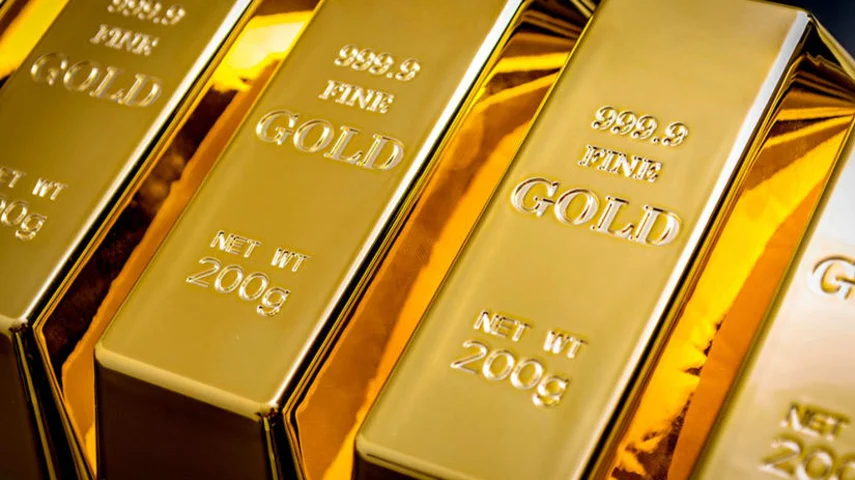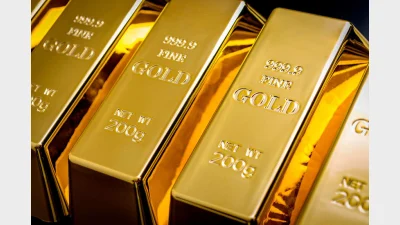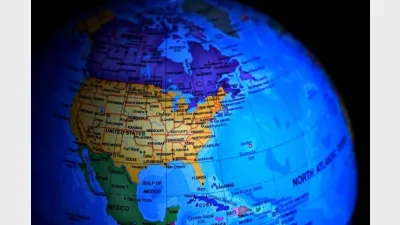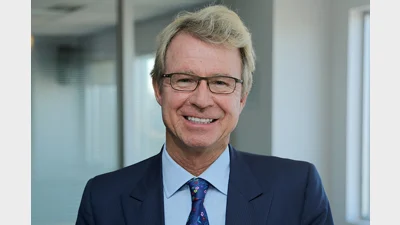Gold to shine bright in the Year of the Snake



The yellow metal is riding a perfect storm of macroeconomic and political conditions, setting the commodity up for further growth this year.
Gold finished January on an all-time high of US$2,812, up 8 per cent on the month, adding another positive start to its strong seasonal record, according to the World Gold Council (WGC).
Looking at the WGC’s Gold Return Attribution Model (GRAM), almost all drivers contributed positively, including a large rise in the geopolitical risk index, with the only major drag coming from the lagged momentum effect of a strong US dollar in December.
Tariff fears, a weaker US dollar and bond yields all bolstered January’s rally, and also arrived just in time for the commencement of the “auspicious” Year of the Snake, the council highlighted.
“Chinese gold market activity appears to have stayed true to its seasonal pattern and suggests follow-through into February,” it said.
Historically, February is positively correlated to performance in January. Last month, seasonal strength in local prices was evident with an average premium of US$6 per ounce recorded following several months of discounts.
“Markets are currently fixated on the fallout of broad tariffs that the Trump administration has levied. And the knee-jerk reaction from currencies has been a strengthening of the US dollar,” the council added.
While the focus has largely been on the impact of US President Donald Trump’s first few weeks in office, with tariffs rocking markets, elections in Germany later this month could have far-reaching implications too.
“German elections might be flying under the radar for many given the noise around US tariffs, but the elections could trigger a much more positive growth outlook,” the WGC said.
“This in turn could support the euro v the US dollar in the process. A weaker US dollar is not a consensus view, but unforeseen pressure on it could herald further support for gold.”
Moreover, surveys indicate that the issue German voters care about, more than any other, is economic growth.
“This means that whoever wins will have to deliver. And promises from all candidate parties have been emphatic about delivering on growth.”
The WGC continued: “Equity markets appear to have sniffed out the fruits of a change in administration, with the DAX outperforming most major indices over the past two months. But next to be impacted may bund yields.”
Namely, despite a softer European Central Bank likely lowering short-end rates, stimulus could steepen the curve and pressure longer-term yields higher, reducing the gap between bunds and US Treasuries.
“So, euro strength could add further pressure to an overvalued US dollar, although it might take a bit of time to materialise and will likely not be dramatic.”
With the Bank of Japan seeing domestic demand matching targets – coupled with further rate hikes tabled this year – the WGC believes a “slightly anti-consensus call on the dollar shifting down is a possibility”.
“All else being equal, US exceptionalism might find a challenge from these two corners, pressuring the US dollar lower – which given the consistent relationship with gold – can add further support to gold’s incumbent strength,” it highlighted.
“And gold’s relationship to the US dollar has been consistently negative over the last few decades, more so than bond yields. Although it’s not been key to gold’s price performance of late, we believe a softer trend should provide a gentle tailwind for gold.”
Data from the council earlier this month further revealed that while central banks were a key driver of gold demand in 2024, purchasing over 1,000 tonnes of the precious metal throughout the year, a resurgence in gold exchange-traded fund (ETF) demand in the second half of the year helped push investment demand to a four-year high.
The WGC’s Gold Demand Trends: Full Year 2024 report stated that total demand for gold reached a record 4,974 tonnes in 2024, with global investment demand for the metal increasing 25 per cent year-on-year to 1,180 tonnes.
Key factors behind this rise in demand include heightened geopolitical uncertainties, shifting expectations around interest rates, and the strongest annual gold price performance since 2010, all of which fuelled interest in gold-backed ETFs.
The Gold Council predicts that in 2025, ETF investors are expected to play a greater role alongside central banks – which have dominated gold demand in recent years – especially if interest rates remain low and geopolitical risks continue.
Recommended for you
Investors have slashed their US equity allocations to the lowest level on record, according to new data from Bank of America.
The message from experts in international trade and economists is that the Australian government should refrain from retaliating with reciprocal tariffs.
The market correction forecast by AMP’s chief economist is in full swing, with three weeks of turbulence culminating in significant losses on Tuesday.
Following a strong risk appetite in January, institutional investors have pulled back in February, with risk-seeking activity dropping to zero amid a decline in equity allocations.












